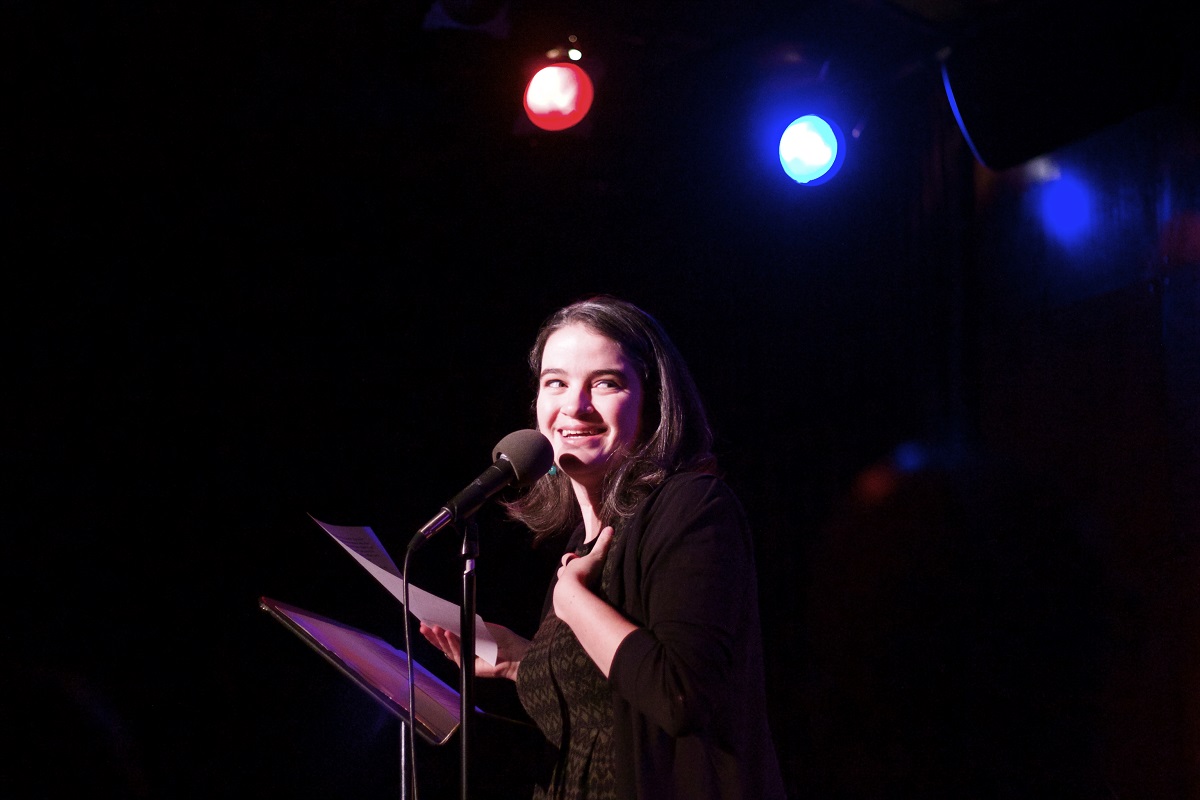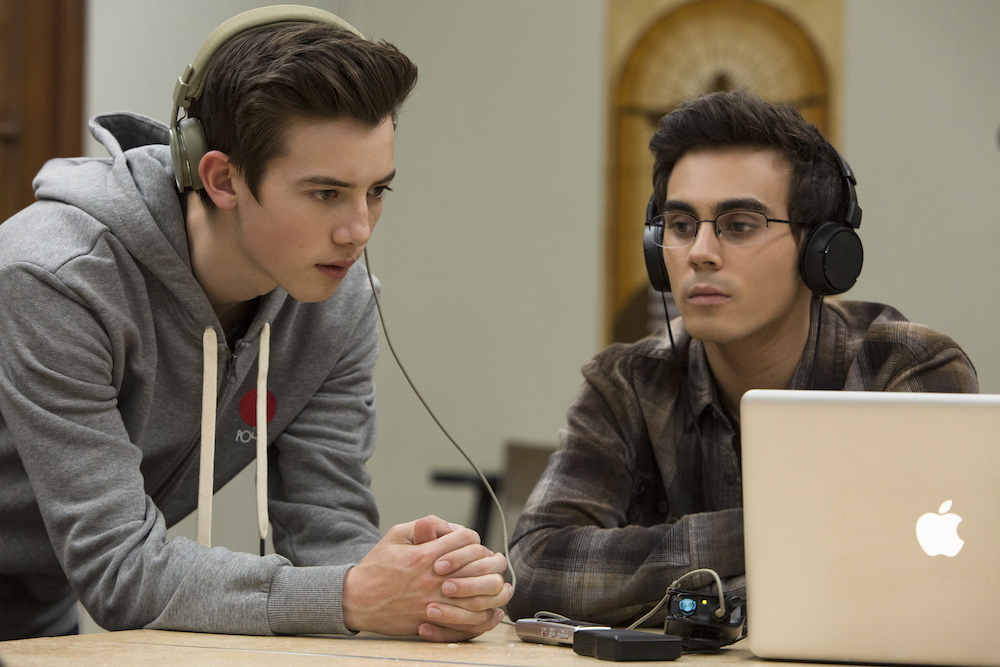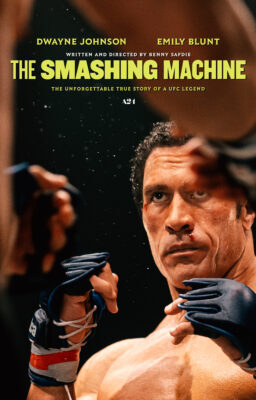The beauty of the first season of “American Vandal”—one of 2017’s most giddily entertaining surprises—was that it was simultaneously a story where the mystery mattered, and where it didn’t. It has that in common with many of the great crime stories. Of course we want to know who drew the dicks. It’s such a tangled web, and the hunt for the truth is such a pleasure to watch, that one can’t help but begin to speculate and detect from the other side of the screen. But on the other hand, the identity of the dick-drawer—or, in its second season, the Turd Burglar—doesn’t matter all that much. The damage has already been done, an inevitable price paid, and the reasons behind it all are as insidious, if not more-so, than the crime itself. If that sounds highfalutin for a pitch-perfect parody, it is. But the greatest trick that “American Vandal” ever pulled was convincing the world that it’s just a silly mockumentary.
While the second season of Dan Perrault and Tony Yacenda’s Netflix series might not have the lightning-in-a-bottle quality of its first, it’s a worthy followup, and in some ways more effective and ambitious than its first. Since we last saw Peter Maldonado (Tyler Alvarez) and Sam Ecklund (Griffin Gluck), their earnest chronicle of the trials and tribulations of Dylan Maxwell has gotten even bigger, eventually being swooped up by Netflix and its gajillions of dollars. As they gear up for a second season, they shift through requests for assistance from those who’ve run afoul of pranksters before finding the perfect case: that of the Turd Burglar, a fiend who tormented a private Catholic high school known for its elite basketball program. In a series of what I suppose you could call pranks—though the first is pretty damn horrifying, if still funny—the Turd Burglar unleashed holy hell on what they deemed a world full of phonies, one turd at a time. Then a dubious confession from a student and tea aficionado (Travis Tope) brought the investigation to a halt, but not all believe he’s guilty.
He just seems guilty, as, say, a good-natured basketball star (Melvin Gregg) might seem innocent. That was one of the most potent themes of “American Vandal”—we often decide what kind of person someone, especially a young someone, is, and then that’s all we can see. Add in social media and a narrative can begin to form. It was compelling the first time around, and is even more so here. Both Tope and Gregg expertly capture the work it takes to create a person you think your peers would like to see, in very different ways. They’re both funny too, of course—Tope’s tea-tasting noises are just so moist—but as was the case with Jimmy Tatro in the show’s first season, the needle is perfectly threaded so that their characters never cross over into caricature. They are flesh and blood, always—idiots, maybe, but undeniably, even heartbreakingly human.

The show’s directors, both real and fictional, do an expert job of capturing all that humanity (as well as all the fecal humor). One of the cleverest things about this season is that the Netflix money—the fictional, post-viral high school project money—allows Peter and Sam to significantly up their game. The animated graphics are back (we get a glimpse of the hand-job-by-the-lake graphic again, as well as what it looked like pre-Netflix, a joke so pure and simple I’ll treasure it for weeks), as are their bulletin board conversations and ambush interviews, but there are new techniques as well—maybe Maldonado built his own Interrotron. There are reenactments and found footage and a lot of Instagram stuff. It’s a big palette they (and the real directors) are working with, but an effective one. The look and feel is as cohesive, well-handled, and savagely accurate a true crime satire as it’s ever been, and the opening gambit—the Turd Burglar’s first big move—is a living nightmare. Funny, but horrifying. Mostly horrifying. (Have dinner first.)
Perhaps because of that horror, as well as other elements of the Turd Burglar’s offenses, this second outing heightens the melancholic streak of the first. It digs into the hell of high school, and shows us not “good kids” and “bad kids,” but a bunch of messed-up, anxious, sad, lonely, frightened, decent people in a shitty—pun obviously intended—situation. It’s effective for the simplest of reasons: because the writing’s great, and the acting’s great, and it’s honest. “American Vandal” is still funny—say Turd Burglar out loud and try not to laugh—but this time around it demonstrates from its opening moments what it gradually revealed in its first season. It’s more interested in the truth of true crime than the crime itself, and in treating its characters like the flawed, frightened people they are, it finds it. All that, and poop jokes, too.












